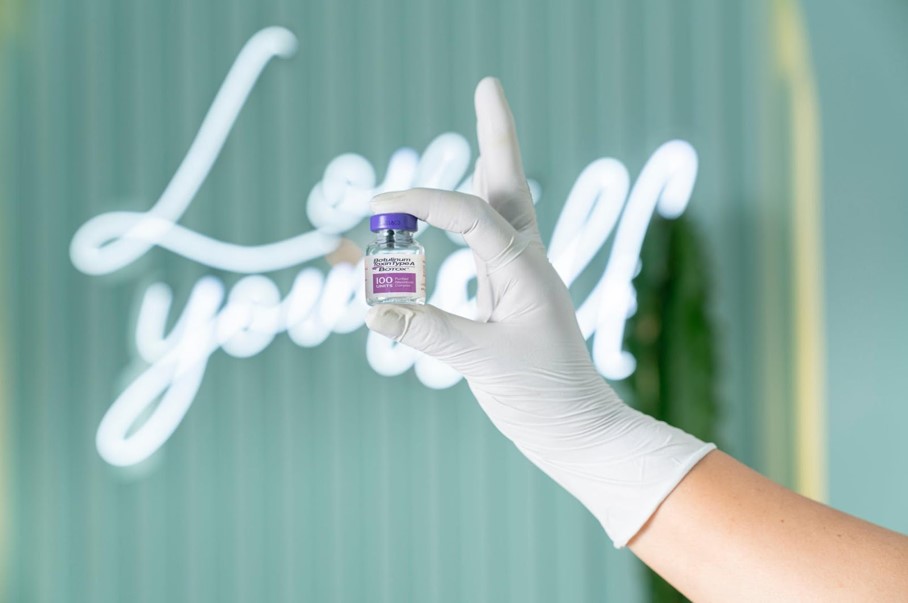
When you hear the word BOTOX®, the first image that might pop into your mind is one of ageless skin and the battle against wrinkles. Yet, the role of BOTOX® in the world of medicine extends far beyond the pursuit of youth. Botulinum toxin, the neurotoxic protein that gave BOTOX® its name, has a fascinating array of therapeutic uses. Let’s unravel the story of BOTOX® as a medical marvel, one that’s bringing relief to patients suffering from a range of conditions, from chronic migraines to spastic muscle disorders.
As therapeutic applications grow, so too does the number of skilled providers offering BOTOX® treatments. Those seeking BOTOX® in Portland have access to clinics specializing in both cosmetic and therapeutic BOTOX® injections, ensuring that patients can find local options for this versatile treatment.
Migraine Relief
Chronic migraines are more than just headaches; they are a complex neurological concern that can severely affect quality of life. After years of research, BOTOX® has emerged as a preventive treatment for adults with chronic migraines. Administered at specific points, it can reduce the frequency and intensity of migraines, offering a beacon of hope for those who’ve found little relief with traditional medications.
Managing Muscle Spasms
From the eyelid spasms of blepharospasm to the painful contractions of cervical dystonia, muscle spasms can be both uncomfortable and disabling. BOTOX® injections work by blocking the nerve signals responsible for muscle contraction, providing a respite from the relentless spasming. This application demonstrates the versatile strength of BOTOX® in restoring normal movement and comfort.
Eye Disorders: A Clearer View
In certain eye disorders-like strabismus, where eyes do not align properly, or blepharospasm, which involves involuntary eyelid closures BOTOX® can help restore control and balance. Treatment with botulinum toxin can correct these malalignments and contractions, offering patients a chance at improved vision and thus, a better quality of life.
Overactive Bladder and Incontinence
Imagine the struggle when one’s own body gives little warning before the bladder decides to contract. BOTOX® has been successfully used to treat overactive bladder symptoms, significantly improving the lives of patients with incontinence. The treatment allows for better control, giving patients back their confidence and freedom.
The Role of BOTOX® in Pain Management
Chronic pain management is a key area where BOTOX® is showing promising results. For patients with conditions causing neuropathic pain, BOTOX® injections may provide direct relief by inhibiting the release of neurotransmitters at the site of pain. This application of BOTOX® as a neuromodulatory agent signals its broader potential role in the management of pain syndromes.
Addressing Excessive Sweating
For those suffering from hyperhidrosis, or excessive sweating, BOTOX® offers a drying reprieve. By interfering with the signals that activate sweat glands, strategic BOTOX® injections can alleviate the embarrassment and inconvenience caused by this condition, proving once again that its capabilities go far beyond skin deep.
BOTOX® in Neurological Rehabilitation
The role of BOTOX® in neurological rehabilitation is yet another area garnering attention. It is found to be useful in aiding recovery from certain types of neural injuries. Minimizing uncontrolled muscle contractions enables patients to have a smoother rehabilitation process, potentially improving the outcome of physical therapies and rehabilitation programs.
Breaking the Chains of Spasticity
Following strokes, spinal cord injuries, or the presence of conditions such as cerebral palsy, muscle stiffness, and spasticity can be debilitating. BOTOX® provides a path to increased mobility and reduced discomfort. By lessening these symptoms, patients can engage more fully in physical therapy and daily activities, thereby improving their overall quality of life.
Exploring Further Possibilities
Researchers continue to explore the potential of BOTOX® in other medical applications. For instance, early studies indicate that BOTOX® may help reduce symptoms associated with Major Depression Disorder (MDD). By targeting the muscles that control frowning, BOTOX® injections could help alleviate the facial feedback that contributes to the negative emotional states of depression.
The journey of BOTOX® from a wrinkle warrior to a therapeutic ally is a testament to medical innovation. Its ability to address a variety of conditions with precision, and provide relief to those suffering from them, challenges our perceptions of this well-known treatment. Beyond beauty, BOTOX® represents a frontier of hope for improving patient care across multiple disciplines. And in doing so, it continues to redefine itself not just as an aesthetic tool, but as a versatile ally in the therapeutic arsenal.



Facebook Comments